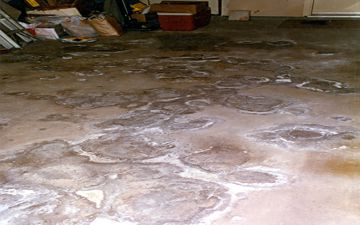
Gallery of Concrete Issues
This slab has been attacked by sulfates in the soil beneath it. Effloresence rings show up around the softened saturation points.

This slab has been attacked by sulfates in the soil beneath it. Effloresence rings show up around the softened saturation points.

Effloresence is simply salts that were once inside in solution with moisture, that dried out when the moisture evporated fromt he surface.
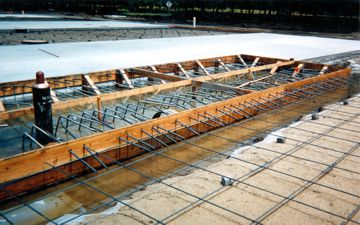
A rain-soaked sand bed on top of a plastic vapor barrier, with a brand new slab that will be poured that afternoon. Moisture failure risk at its best.
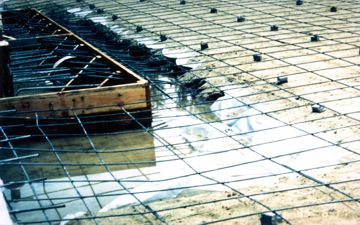
Misunderstanding the whole slab moisture issue is the primary reason for floor failures.

All concrete cracks. Its right up there with death and taxes. Sometimes, cracks can allow fluid to pass up through them, but never should there be liquid water under any slab.

This is a future cold joint. One half of the slab has been cast (right) and the other slab will be cast over an interrupted vapor barrier, which does not properly cover the subsurface. That cold joint will be a source of humidity for decades.

A cement overlayment over a slab is failing. Cementitious compounds are just as sensitive to slab moisture as floor coverings. In this case however, the cement bonded well but only in some areas, making it even that much more difficult to remove and mitigate.
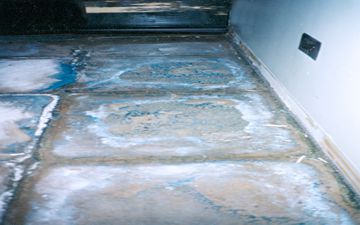
High alkaline moisture is the main reason for a floor covering bond failure. Concrete has a naturally high pH of 12.5 or more, whereas floor adhesives may only withstand a pH of 9 to 10 at best. Failure then, is a chemical issue, not the fault of the contractor who installed it.
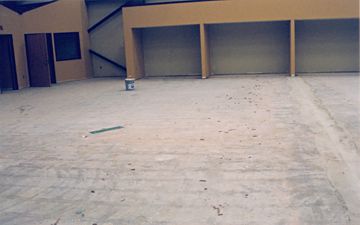
The main thing about not understanding the slab moisture issue, is the down-time. Shutting down, moving out, just to fix a floor, can be the most expensive experience imaginable.
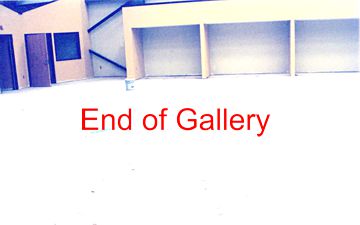
Thank you for visiting.